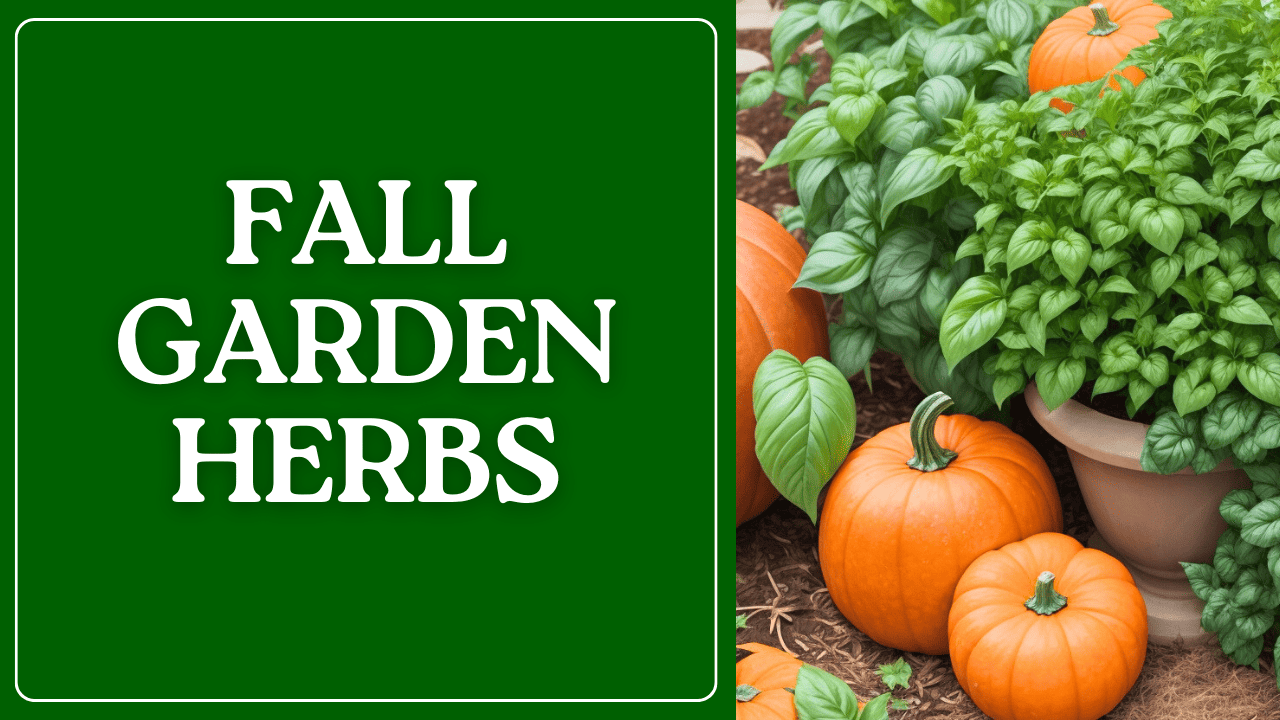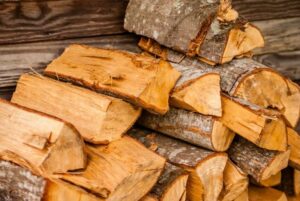When the leaves start to change and there’s a crispness in the air, our taste buds tingle with anticipation for the cozy flavors of fall. While we often associate these flavors with baked goods and hot beverages, you can bring the essence of autumn right into your garden by growing herbs and spices like cinnamon basil, mint, and ginger. In this blog post, we’ll explore these delightful additions to your garden and share creative ideas for incorporating them into homemade fall treats.
Cinnamon Basil: A Twist on Traditional Basil
Cinnamon basil, with its warm and slightly spicy aroma, is a unique addition to your fall garden. Here’s how to grow and use it:
Growing Cinnamon Basil:
Planting:
Choose a sunny spot in your garden with well-drained soil. Sow cinnamon basil seeds or transplant seedlings, spacing them about 12 inches apart.
Maintenance
Water regularly and pinch back the flowers to encourage leaf growth. Cinnamon basil is an annual herb and will grow throughout the summer and into early fall.
Using Cinnamon Basil:
Homemade Chai Tea:
Infuse your chai tea with fresh cinnamon basil leaves for a delightful twist on a classic fall beverage.
Spiced Desserts:
Add finely chopped cinnamon basil leaves to your favorite baked goods like apple pie, pumpkin bread, or cookies for a unique burst of flavor.
Ginger Mint: A Fragrant and Invigorating Herb
Ginger mint, also known as Mentha x gracilis ‘Variegata,’ offers a refreshing and aromatic addition to your garden. Here’s how to cultivate and utilize this delightful herb:
Growing Ginger Mint:
Planting:
Ginger mint thrives in partial shade or dappled sunlight. Plant it in well-drained soil, and ensure it has room to spread, as it can be an enthusiastic grower.
Maintenance:
Regularly prune nutmeg mint to keep it from becoming too invasive. This herb is a perennial and will continue to flourish for years.
Using Ginger Mint:
Herbal Tea:
Brew a soothing cup of nutmeg mint tea by steeping fresh leaves in hot water. Sweeten it with honey for a comforting drink on chilly autumn evenings.
Herb-Infused Butter:
Mix finely chopped Ginger mint leaves into softened butter, and use it as a tasty spread on warm, crusty bread or to enhance the flavor of roasted vegetables.
Ginger: The Versatile Rhizome with Warmth
Ginger, renowned for its spicy and aromatic qualities, can be grown in your garden with a little care and attention. Here’s how:
Growing Ginger:
Planting:
Ginger requires a warm, humid environment to thrive. You can start ginger from a piece of fresh ginger root. Plant it in a container or directly in the ground in a warm, sheltered area.
Maintenance:
Keep the soil consistently moist and protect the plant from direct sunlight. Ginger is a slow grower, so be patient; it may take several months to mature.
Using Ginger:
Homemade Pumpkin Spice:
Grate fresh ginger root and combine it with cinnamon, nutmeg, and cloves to create your own homemade pumpkin spice blend for pies, lattes, and other fall treats.
Ginger-Infused Syrup:
Make a ginger-infused simple syrup to sweeten your cocktails, hot beverages, or drizzle over pancakes and waffles.
Conclusion
By introducing cinnamon basil, nutmeg mint, and ginger to your garden, you can elevate your fall culinary creations to new heights. These aromatic herbs and spices infuse your dishes and drinks with the warm, comforting flavors of autumn. So, roll up your sleeves, get your hands in the soil, and plant these delicious additions to your garden. With a bit of care and creativity, your homemade fall treats will have everyone savoring the season’s flavors in every bite and sip.














